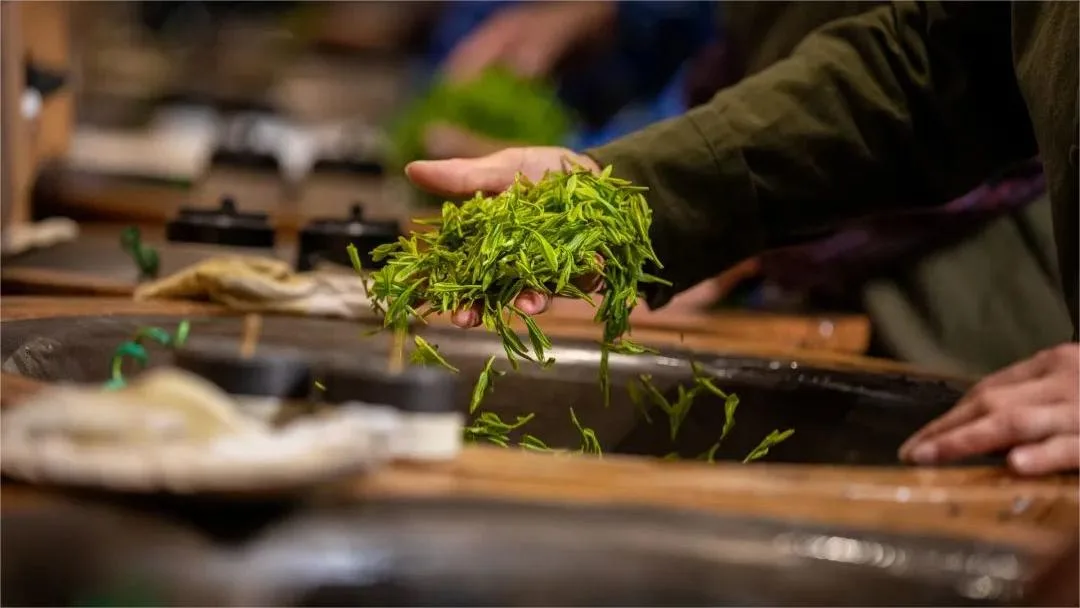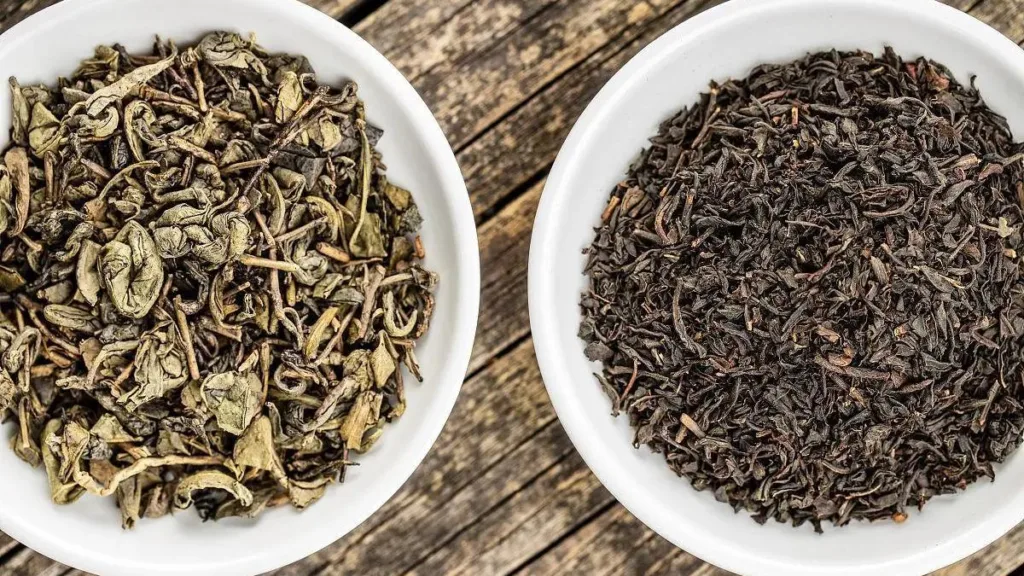Chinese tea has a rich and storied history that dates back thousands of years, with its origins rooted in ancient Chinese culture and traditions. The development of Chinese tea can be traced to the mythological Emperor Shennong, who, according to legend, discovered tea when tea leaves fell into his pot of boiling water. From this legendary beginning, the cultivation and preparation of tea evolved into a highly sophisticated and diverse practice.
In the 6th century, during the Tang dynasty (618-907 CE), Chinese tea culture began to flourish, and various types of tea were developed. During this period, tea was made from the leaves of the Camellia sinensis plant, which remains the same plant used to produce most traditional teas today.
The primary types of Chinese tea – green tea, black tea, oolong tea, white tea, and yellow tea – all originate from the leaves of the Camellia sinensis plant. The differences in flavor, aroma, and appearance among these teas result from variations in processing methods.
Green tea, one of the earliest and most popular types of Chinese tea, is made from unoxidized leaves. The leaves are picked, withered, pan-fried or steamed to halt oxidation, rolled, and then dried. This minimal processing helps retain the natural antioxidants and flavors of the tea leaves, resulting in a fresh, grassy taste.
Black tea, on the other hand, undergoes full oxidation, a process that darkens the leaves and enhances the development of rich, robust flavors. The leaves are withered, rolled, oxidized, and then fired to halt the oxidation process. Famous Chinese black teas include Keemun and Dian Hong, each with its own distinct characteristics.
Oolong tea represents an intermediate stage between green and black tea in terms of oxidation. The leaves are partially oxidized, creating a diverse range of flavors and aromas. The processing of oolong tea involves withering, oxidation, curling or rolling, and firing. Tie Guan Yin and Da Hong Pao are well-known oolong teas originating from China.
White tea is made from young leaves and buds that undergo minimal processing. The leaves are simply withered and dried, allowing them to retain a delicate, subtle flavor profile. Bai Hao Yinzhen and Bai Mu Dan are examples of Chinese white teas.
Yellow tea, a rarer and less well-known category, involves a unique and intricate processing method. The leaves are first withered and then undergo a “sealing yellow” step, where they are lightly steamed and covered to allow for a slow oxidation process. This imparts a mellow and smooth flavor to the tea. Junshan Yinzhen is a notable example of Chinese yellow tea.
Beyond the types of tea, the specific cultivars, growing conditions, and terroir play crucial roles in shaping the characteristics of Chinese tea. Different regions in China, such as Fujian, Zhejiang, Yunnan, and Anhui, are renowned for producing distinct varieties of tea, each reflecting the unique environmental conditions of its origin.
In summary, Chinese tea in the 6th century was primarily made from the leaves of the Camellia sinensis plant, and its varieties were shaped by different processing methods, oxidation levels, and regional factors. This ancient beverage has continued to evolve over the centuries, maintaining its significance in Chinese culture and becoming an integral part of global tea traditions.



